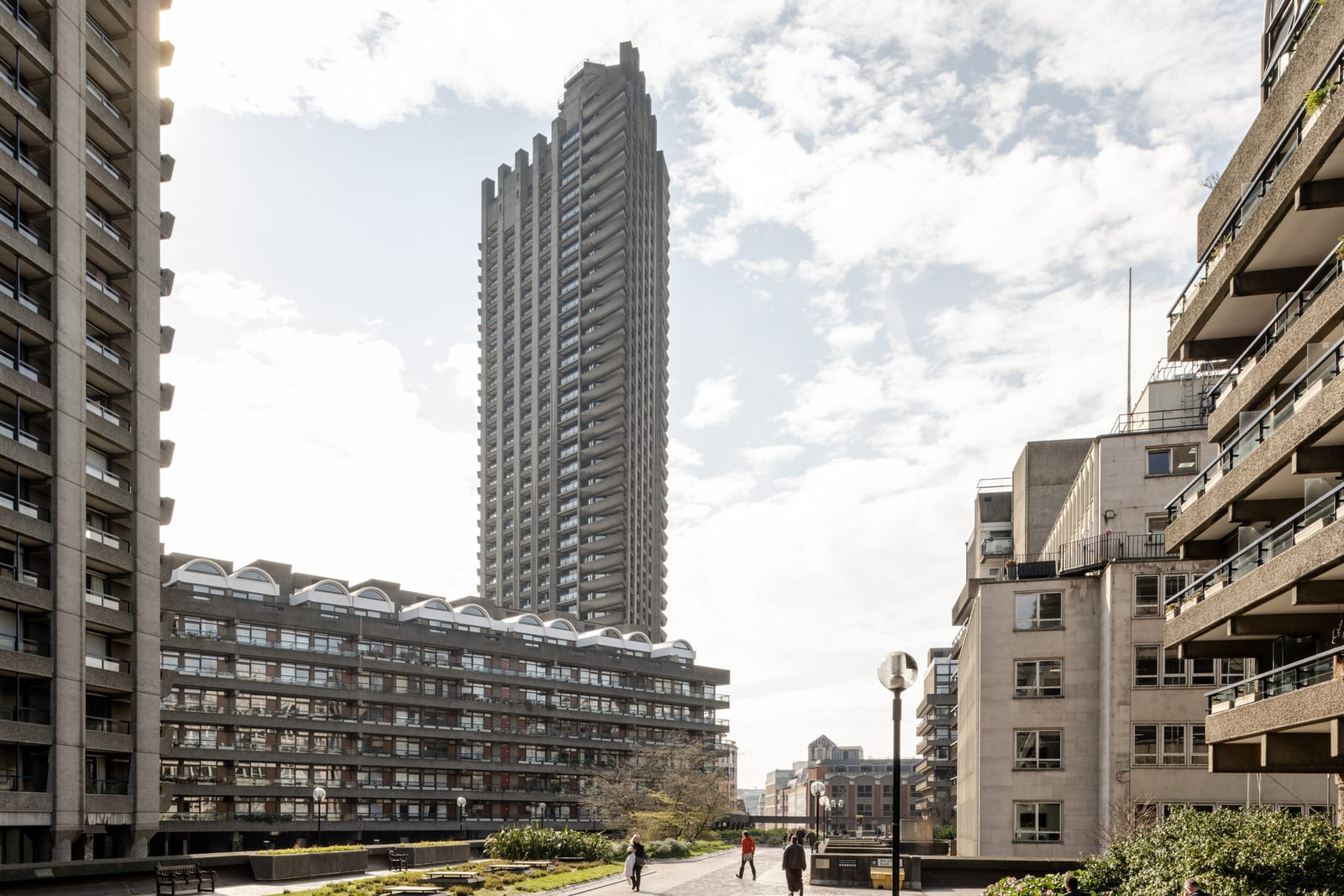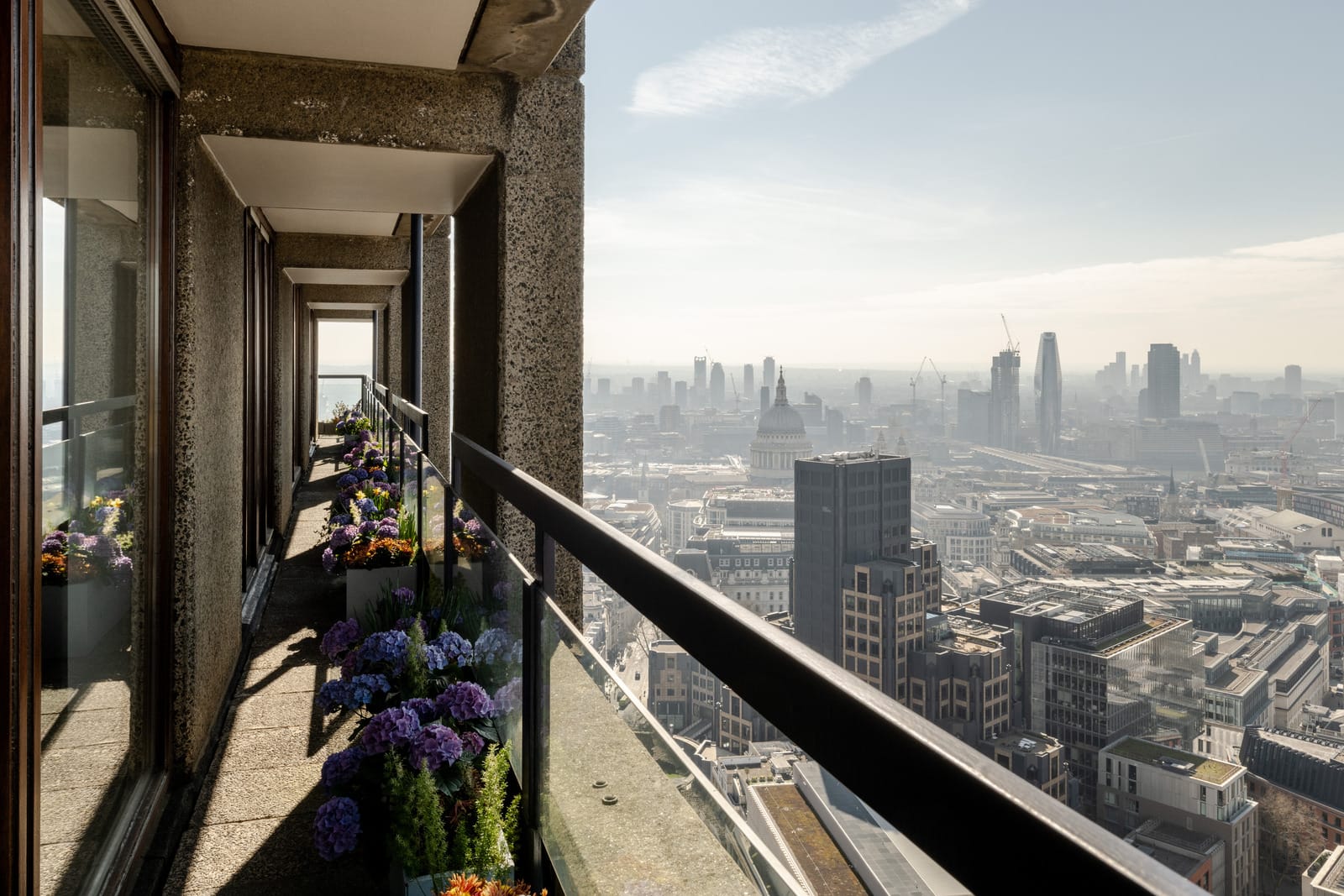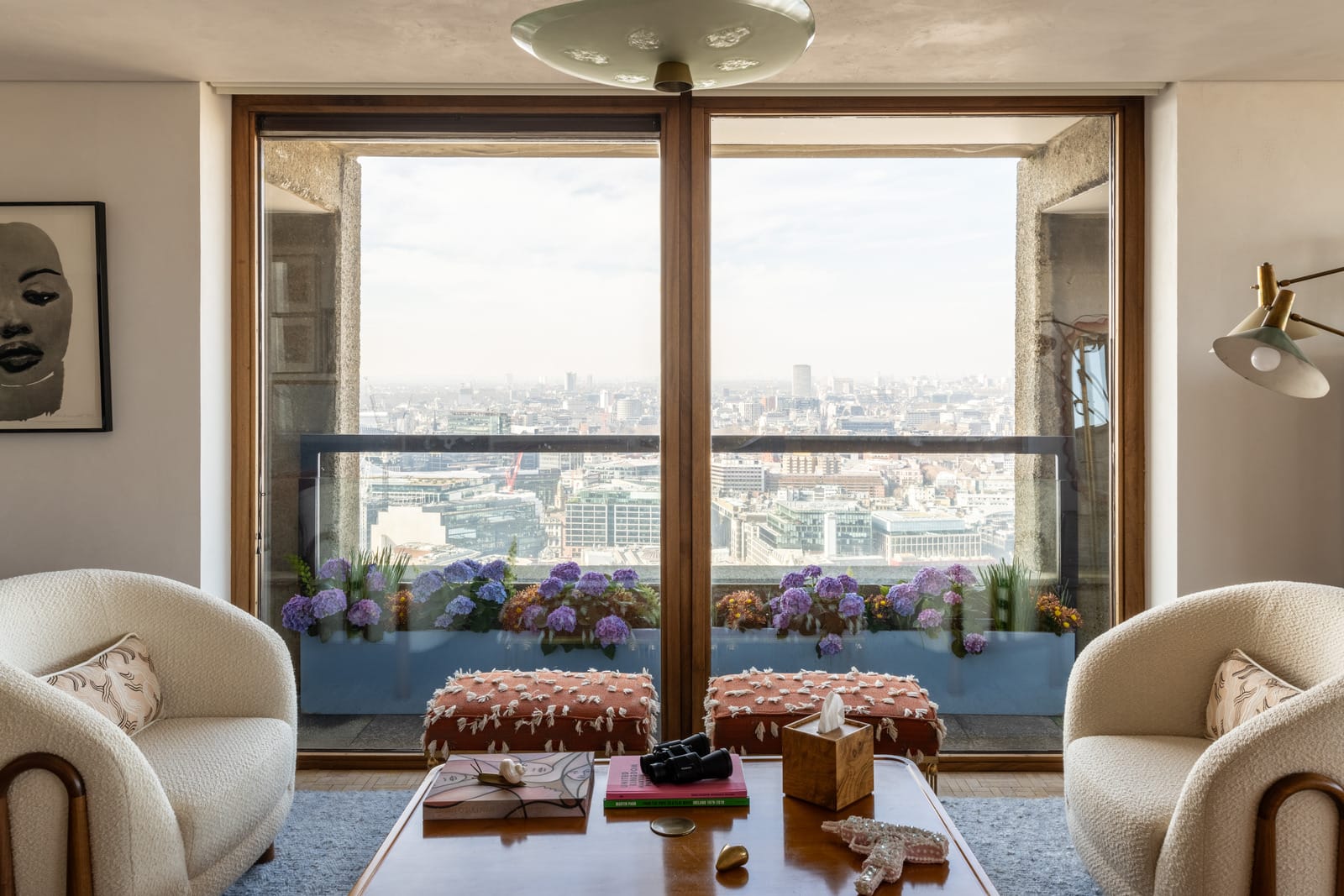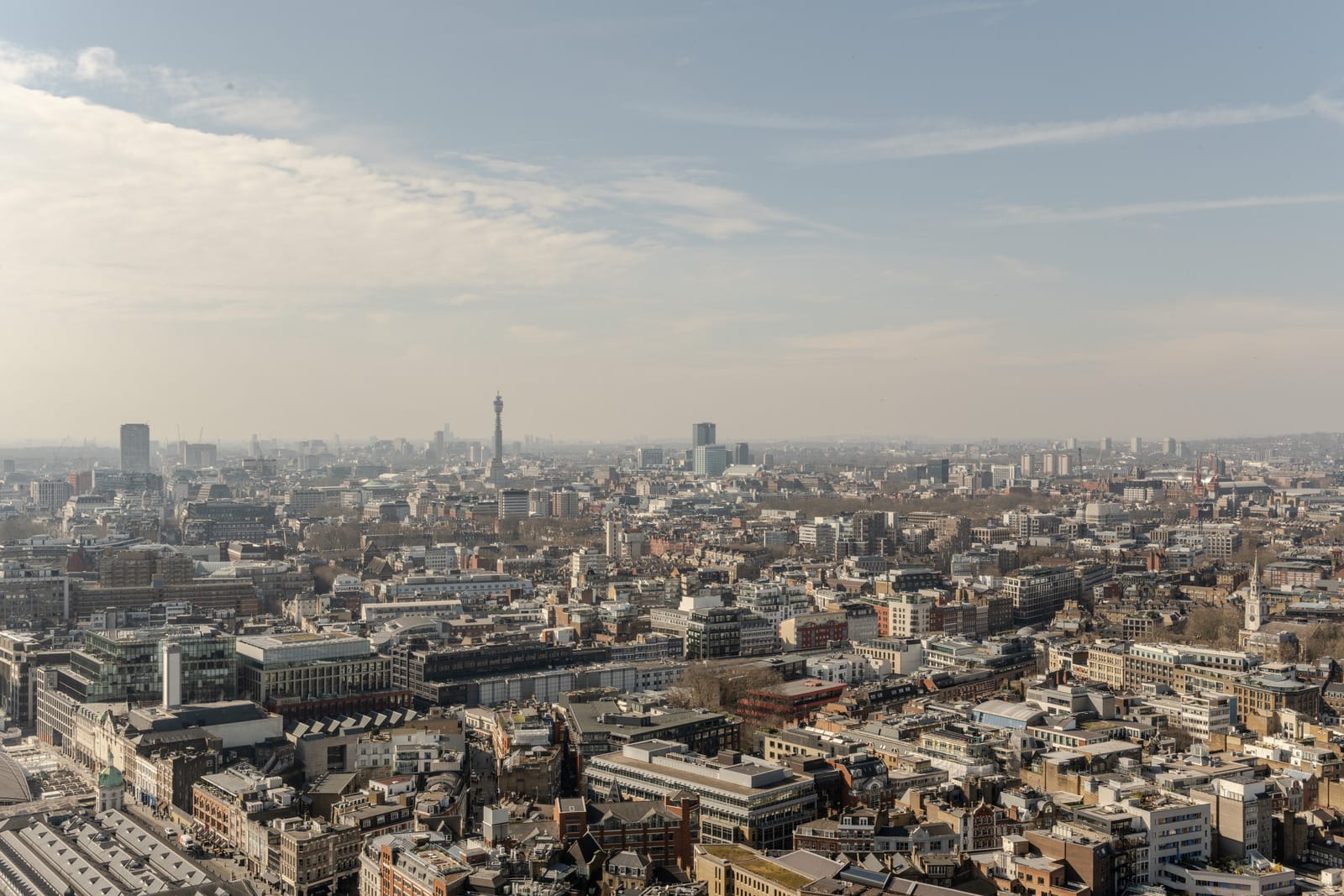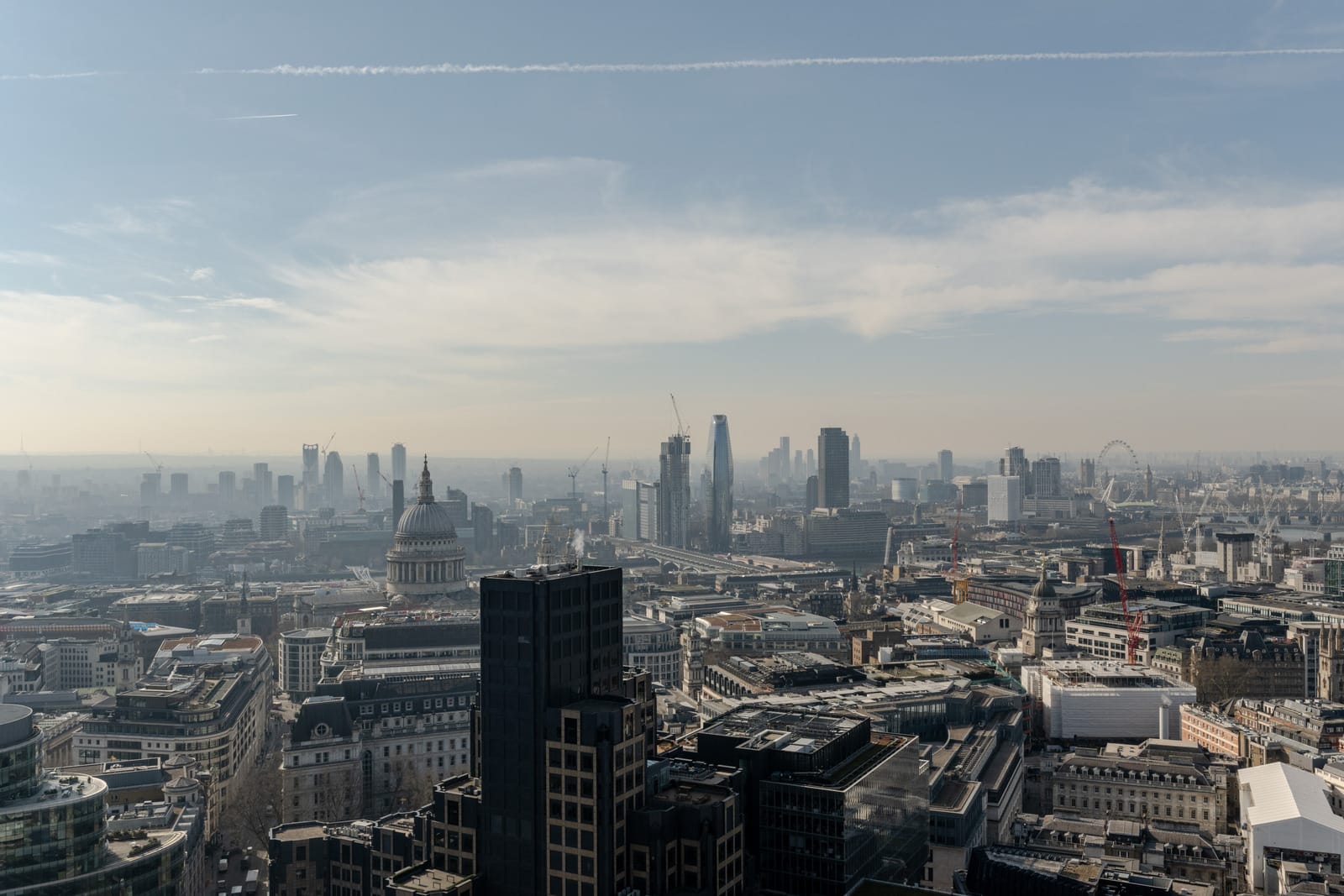I used to live in Chancery Lane and then moved to Shoreditch so my local area and route into Clerkenwell where I worked was punctuated with views of the iconic Barbican Estate for a number of years. They were the tallest residential towers in Europe at one point but now exist as an also ran set against the current title holder which is Intempo in Benidorm.
I was never a particular fan of the grubby brutalist eyesore which always seemed to be paired with bleak mid-winter skies and incessant rain. They felt like symbols of oppression and there was always something of The Gulag and film noir menace about them. But over the course of living and working in London, I gained an appreciation for their architectural value and design intent. I now regard them with a measure of affection and the Barbican Centre always offers an excellent cultural programme.
I was interested to see that an apartment came up for sale recently via the enduring voyeurism of The Modern House:
Lauderdale Tower is one of three within The Barbican estate, along with Cromwell and Shakespeare. Below penthouse level, each floor contains three flats and three lifts, ordered via a central panel and arranged around a triangular lobby area punctuated with The Barbican's unmistakable panels of rough concrete. The building is characterised by its polygonal shape, upswept balconies and jagged swept tops. Pevsner describes these towers as "unmistakable silhouettes prominent in long views".
The apartment has a private wraparound balcony and almost feels like a matte painting. Ever present in the London skyline is St Paul's Cathedral which has protected views but the view from Lauderdale offers a very different near aerial perspective. By strange coincidence, I found myself thumbing through a copy of Barbican Residents by Hoxton Mini Press in a bookshop hours after writing this post.
